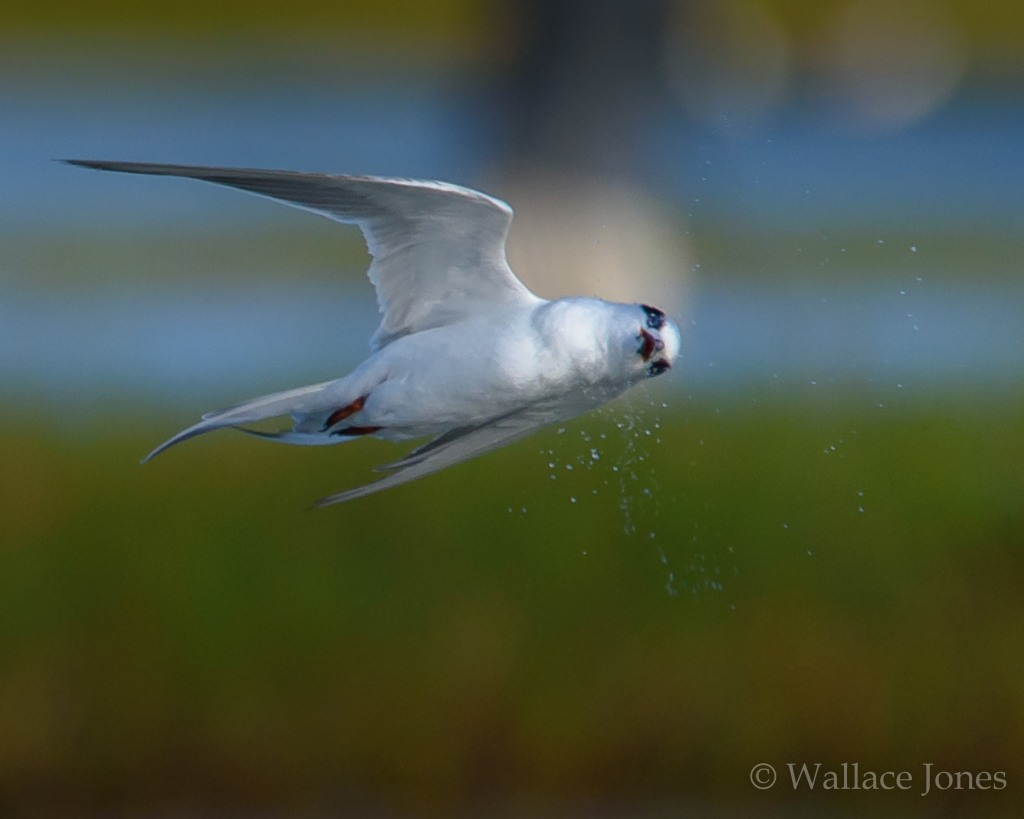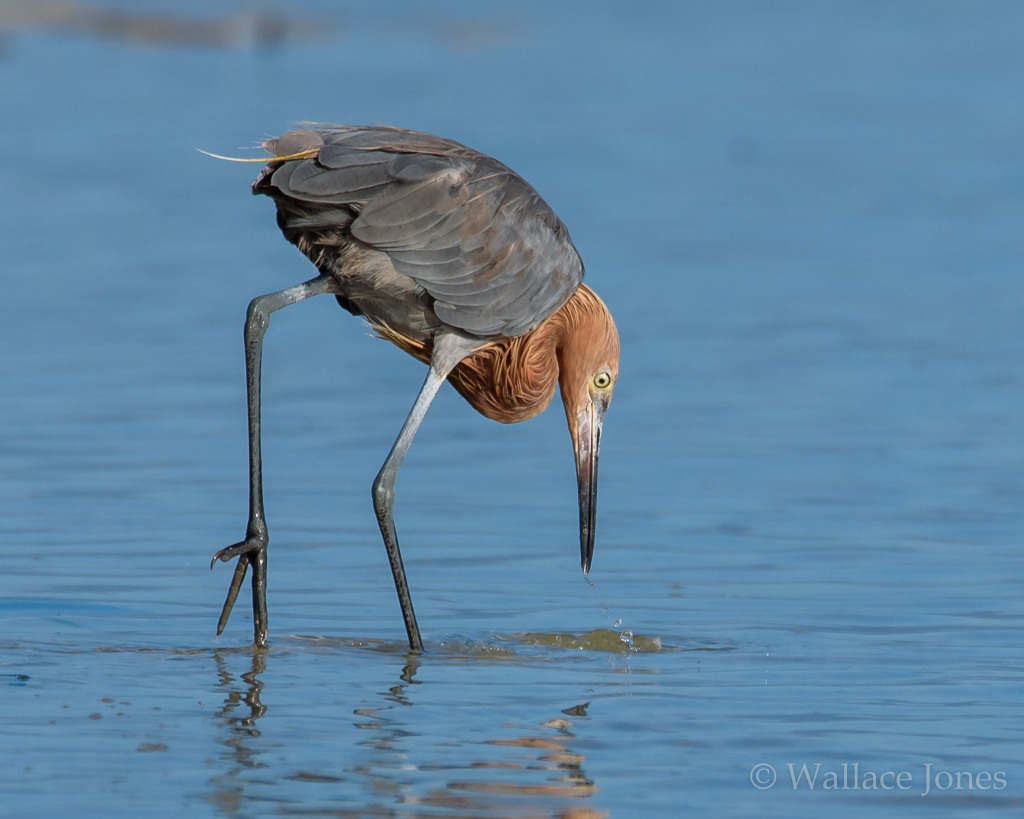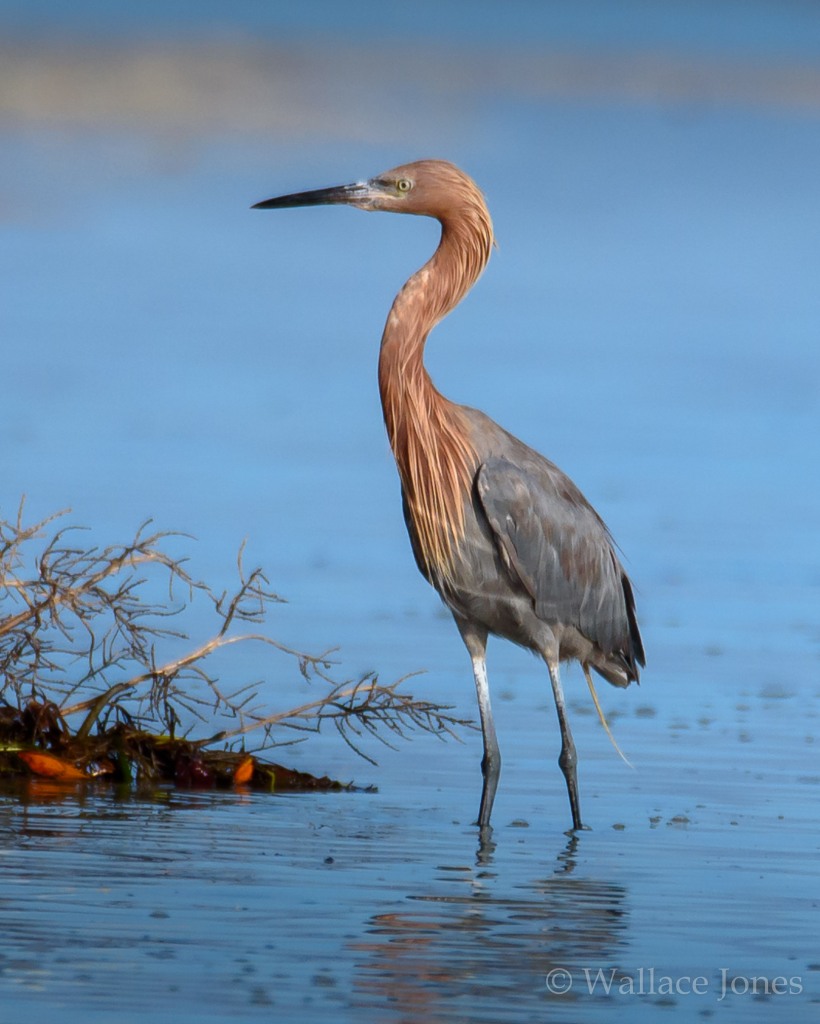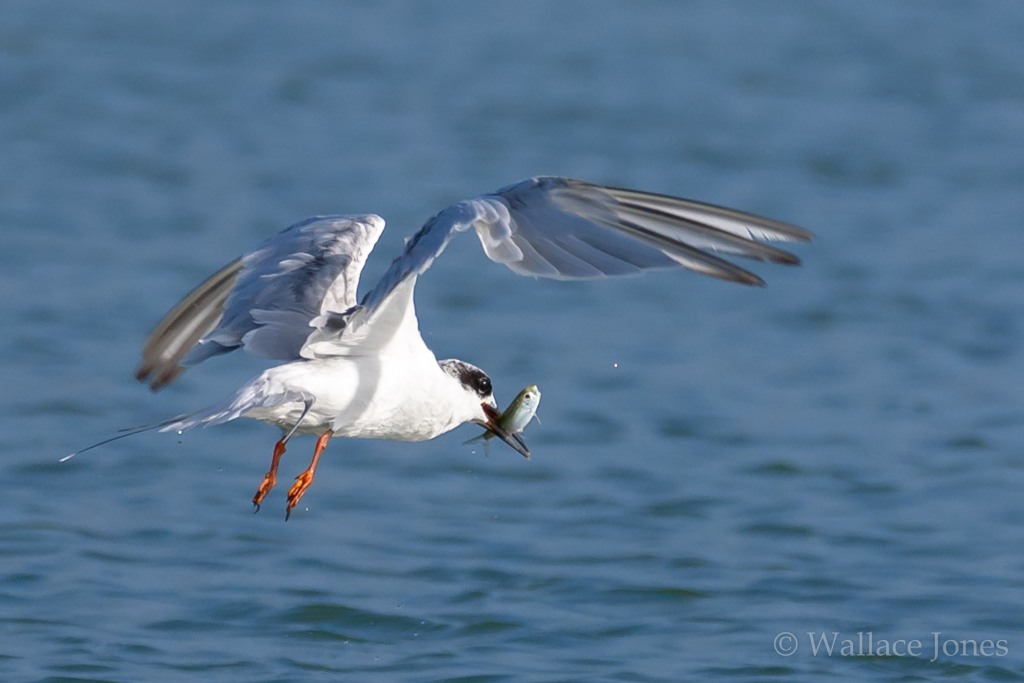Among The Birds – II
“Have any luck?”
The broad smile on my face seemed to be sufficient answer as Gini just asked: “Where to next?”.
It had, indeed, been a good morning. The sheer number of birds was overwhelming and selecting subjects to photograph was a challenge. Attempting to isolate a single bird which was in the midst of two-hundred of her closest friends proved to be an exercise in frustration.
Even in the seeming chaos, patterns emerged. Wind. Determine the direction of the wind. Birds will use the breeze in their face to provide lift for taking off and for braking power as they land. Watch for preening. Once all the cleaning is finished, birds will typically stretch head, wings and tail a few times. Terns and gulls will hover above a potential target just before they drop onto it with open bill and once they spring back into the air will shake vigorously to rid their feathers of excess water.
Take care of yourself and your equipment. Since I grew up fishing in these waters, I know there are things under the surface which can hurt you. It’s important to learn the “stingray shuffle”. Simply slide your feet (which you do have covered, right?) as you move in order to encourage stingrays resting on the bottom to move out of your way. If you were to walk normally, you risk surprising one of these nice flat-bodied beauties and could be rewarded with a nasty sting. Much of the time, you can spot any jellyfish in your path and simply walk around them. Sharks? They hunt mostly at night. Mostly …..
There will be sand. Clean cameras, lenses and tripods thoroughly but carefully. Try to blow or lightly brush everything before attempting deeper cleaning. Take tripods apart, rinse with fresh water, wipe dry and add a small amount of lithium grease to threads. Consult owners’ manuals for cleaning camera bodies and lenses.
The latter part of the morning consisted of walking along the sand bars, wading out to waist-depth and moving parallel to the shore for photographing birds on the beach and remembering to look up as the sky was filled with birds most of the time.
Although the entire morning was extremely satisfying, a couple of highlights made it even more special. Any opportunity to watch a Reddish Egret is one I cherish. During the day we observed four different individuals. Although not extremely rare, the Lesser Black-backed Gull is anything but a common sight on the west coast of Florida.
Back on the main shore, dripping and sandy, I turned and just watched from a distance all the birds on the outer bar. Screeching, flapping, fishing, preening, resting. Daily activity. The rhythm of life. It was a privilege to be among them for a short time.
A pair of Forster’s Terns were unperturbed by my presence on their sandbar. Since I was offshore in deeper water, perhaps they thought I was some sort of weird Pelican. (Save the beached whale jokes. Heard ’em all.)

The Royal Tern does look fairly regal with a golden bill and neatly coiffed hairdo (“featherdo”?). A pair rest in ankle-deep water as the Gulf of Mexico roars ashore behind them.


Following an unsuccessful dive into the briny, this Forster’s Tern shakes off excess water and provides a rather comical look in the process.

Visits by Lesser-black Backed Gulls to North America have increased over the past few years but experts aren’t sure why. Most of these wintering gulls come from Iceland, Britain or western Europe. With a wingspan of up to 59 inches (150 cm), this big gull needs a lot of space to take off.




Landing in a crowd. The Royal Tern demonstrates how it’s done.



Although not in a crowd, the Black Skimmer is still quite pleased with her own landing skills.

The Sandwich and Royal Terns are simply gorgeous as they navigate above the sandbar heading for shallow water and a sardine brunch.


Not much escapes the large eyes and big bill of a Reddish Egret.

A comparison in size between the Great Egret and Reddish Egret. I believe the current phrase for what I am receiving from the Reddish Egret is: “The Stink-Eye”.

Once he became comfortable with my presence, “Big Red” struck a very nice pose.

Shrieking overhead got my attention. I looked up to find a Forster’s Tern yelling (probably at me) as he dropped into the lagoon and emerged with a tasty morsel.


Despite their name, Short-billed Dowitchers have very long bills which they use to probe deeply into the soft, damp beach sand. They will often feed with their bills in a vertical position and move their heads up and down like the needle of a sewing machine.


It was time to go. “Big Red” flapped in and landed just up the beach. Okay. Just one more photograph.

“East Beach!” My answer to Gini’s question was logical (to me). It was the opposite extreme of where we had spent the morning at Fort De Soto Park and its location, surrounded by large areas of shallow water, was attractive to many shore birds. The ten minute driving time was enough to enjoy a fresh apple.
(To be continued …)
Enjoy your search for a natural place and come back for a visit!
It was interesting to read your tips, for camera cleaning and for wading. We certainly know the stingray shuffle here. Every year at least one wade fisherman weighs in with his sad report. Your willingness to move out into the water certainly does add to the power of your photos, although I don’t think I’d ever do that myself. For one thing, if anything should happen to my camera, I can’t afford to replace it. That increases a sense of caution!
I think I might have seen a dowitcher on my last visit to the refuge. I thought they might be lesser yellow legs, but your description of their movement as that of a sewing machine needle made me go, “Ah, ha!”
LikeLike
When wading with the camera, I’m paranoid about checking to ensure it’s secured to the tripod. Even with that, there are unexpected holes, and those darned waves.
Gini thinks I subconsciously want a new camera. (Shhhhh.)
LikeLike
Just had to stop by, these are lovely photographs, I enjoyed seeing them.
Thank you.
All the best Jan
https://thelowcarbdiabetic.blogspot.com/
LikeLike
Thank you very much, Jan!
LikeLike
What a great set of pictures – I could watch terns for ages – and with luck in a couple of weeks I will be able to do just that.
Hope all is well – Stewart M – Melbourne
LikeLike
Hello,
Beautiful photos, as always. I love the terns and gulls. The Reddish Egret is my favorite, beautiful captures. Take care, enjoy your day!
LikeLike
Thank you very much, Eileen! You picked my favorite, too.
The day is already spectacular!
We hope you are safe and happy.
LikeLiked by 1 person
Fort De Soto is a wonderful place. I’ve only been there 2 or 3 times and you’ve made me want to go back again.
Great post, well done!
LikeLike
Thanks, Ed! Like MINWR, there is always something special to see there.
LikeLike
Another nice walk, actually a continuation of one long walk really filled with birds. The Reddish Egret is a favorite. We had an immature one here a few years ago, 18 miles inland in Broward County. It stayed for a couple of weeks, but was a one-and-off. It actually towered over a Tricolored Heron which tried to imitate is dashing foraging style. I see your bird has the antenna of a tracking device trailing behind. I guess there is quite a bit of research going on with this species.
LikeLike
I could watch the antics of the Reddish Egret for hours – oh, wait – been there, done that!
It was a fun morning walking in the salt, Ken.
LikeLike
Enterprise and dedication have rewarded you with some fabulous results, Wally. There’s so much action in so many of these images. However, the real star of the show for me is ‘Big Red’, who just exudes so much serenity – the ‘portrait’ shot is absolute perfection.
We’re keeping our fingers crossed that the vaccine news we’re hearing from USA will meant that it will not be too long before this dreadful virus is brought under control. In the meantime, I hope that you both stay safe and well.
LikeLike
Many thanks, Richard!
It’s nice to have a change-up to our regular birding routine. Keeps things interesting!
We intend to hide in the swamp as long as possible so germs and politicians can’t infect us!
LikeLike
I think that’s pretty brave of you wading into so much water. I have seen “Jaws” (many times repeats) so I know what I’m talking about. Of course if you tried that over here you would trip over a shopping trolley buried in the nasty sticky mud.
It certainly worked though with those shots of the terns. Nice work with the dowitcher too where I can see how broad and short (relatively) that bill is really is. I’m hoping to get out in the morning – still too windy for ringing but maybe a few birds to see. Enjoy your sea, sun and sand my friend.
LikeLike
I saw an advert recently for “Eco Tours!” where 20 people aboard an airboat would be whisked around a lake shore at 60 mph. Ear protection required. — I’ll take my chances with “Jaws” in the warm salty water!
Keeping our fingers crossed for your weather to improve.
LikeLike
The in-flight and landing shots are a joy! Perfect captures.
The LBBG goes to show how we see things on different sides of the pond (like my Yellowlegs sighting). We are now living a few miles from the coast yet as I look out of my lounge window there are the Lesser Black Backs, Herring and Black Headed Gulls waiting for the neighbours to put out some bread. They breed on the flatish roofs of factories in town and love landfill and rubbish dumps. Thanks to human involvement they are giving up the sea-going life
LikeLike
Thank you, Brian!
I suspected that would be the case once I read how common that gull is in Europe. One birder’s nuisance is another’s delight.
LikeLiked by 1 person
Yet another GLORIOUS day – and superbly captured for us to see. And dream.
Many thanks.
And (off topic) you might enjoy my latest Sunday Selections post.
LikeLike
Thank you very much, EC! Dreaming is what life is all about.
Heading Down Under to review Sunday Selections.
LikeLike